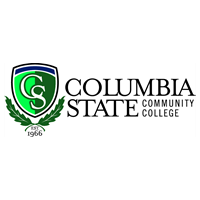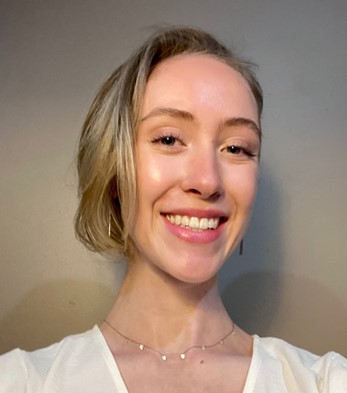Below is a summary of the abstract you submitted. Presenting author(s) is shown in bold.
If any changes need to be made, you can modify the abstract or change the authors.
You can also download a .docx version of this abstract.
If there are any problems, please email Dan at dar78@pitt.edu and he'll take care of them!
This abstract was last modified on March 16, 2021 at 11:59 p.m..

The goal of this study was to annotate the novel bacteriophages Selwyn23 and Jannah belonging to the EC and EE clusters, respectively. Both bacteriophages utilize the lytic cycle and are isolated on the Microbacterium foliorum host. The EC cluster includes 29 phage members, while the EE cluster includes 74 phage members. The genome of phage Selwyn23, discovered in North Carolina is composed of 91 genes, while the genome of phage Jannah, discovered in NY State is composed of 25 genes. Comparative genome analysis demonstrated a high level of similarity between Selwyn23 and phage Pulchra, discovered and characterized in TN, and which was annotated in another study. At the same time, the novel EE cluster phage Jannah showcased a high degree of similarity with the EE cluster phage Vanisius, which was discovered and annotated in TN previously. Genome analysis and annotation were performed using PECAAN, Phamerator, Starterator, as well as run through the DNAmaster annotation software tool. We conclude that in spite of the differences in geographical distribution, both phage genomes exhibited significant genome and gene function similarities.

